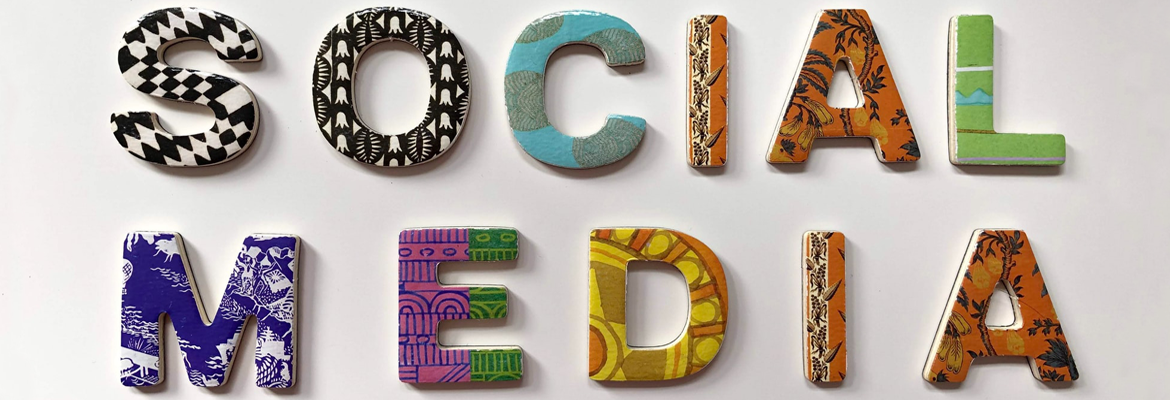We are going to build and evaluate a novel AI aviation assistant for supporting (general) aviation pilots with key flight information that facilitate decision making, placing particular emphasis on their efficient and effective visualization in 3D space.
Pilots frequently need to react to unforeseen in-flight events. Taking adequate decisions in such situations requires to consider all available information and demands strong situational awareness. Modern on-board computers and technologies like GPS radically improved the pilots’ abilities to take appropriate actions and lowered their required workload in recent years. Yet, current technologies used in aviation cockpits generally still fail to adequately map and represent 3D airspace. In response, we aim to create an AI aviation assistant that considers all relevant aircraft operation data, focuses on providing tangible action recommendations, and on visualizing them for efficient and effective interpretation in 3D space. In particular, we note that extended reality (XR) applications provide an opportunity to augment pilots’ perception through live 3D visualizations of key flight information, including airspace structure, traffic information, airport highlighting, and traffic patterns. While XR applications have been tested in aviation in the past, applications are mostly limited to military aviation and latest commercial aircrafts. This ignores the majority of pilots in general aviation, in particular, where such support could drastically increase situational awareness and lower the workload of pilots. General aviation is characterized as the non-commerical branch of aviation, often relating to single-engine and single-pilot operations.
To develop applications usable across aviation domains, we plan to create a Unity project for XR glasses. Based on this, we plan to, in the first step, systematically and iteratively explore suitable AI-based support on pilot feedback in a virtual reality study in a flight simulator. Based on our findings, we refine the Unity application and investigate opportunites to conduct a real test flight with our external partner ENAC, the French National School of Civil Aviation, who own a plane. Such a test flight would most likely use latest Augmented Reality headsets like the HoloLense 2. Considering the immense safety requirements for such a real test flight, this part of the project is considered optional at this stage and depends on the findings from the previous virtual reality evaluation.
The system development will particularly focus on the use XR techniques to create more effective AI-supported traffic advisories and visualizations. With this, we want to advance the coordination and collaboration of AI with human partners, establishing a common ground as a basis for multimodal interaction with AI (WP3 motivated). Further, the MP relates closely to “Innovation projects (WP6&7 motivated)”, calling for solutions that address “real-world challenges and opportunities in various domains such as (…) transportation […]”.
Output
– Requirements and a prototype implementation for an AI-based assistant that provides recommendations and shows selected flight information based on pilot workload and current flight parameters
– A Unity project that implements an extended reality support tool for (general) aviation and that is used for evaluation in simulators (Virtual Reality) and possibly for a real test flight at ENAC (Augmented Reality)
– Findings from the simulator study and design recommandations
– (Optional) Impressions from a real test flight at ENAC
– A research paper detailing the system and the findings
Project Partners
- Ludwig-Maximilians-Universität München (LMU), Florian Müller
- Ecole Nationale de l'Aviation Civile (ENAC), Anke Brock
Primary Contact
Florian Müller, Ludwig-Maximilians-Universität München (LMU)



